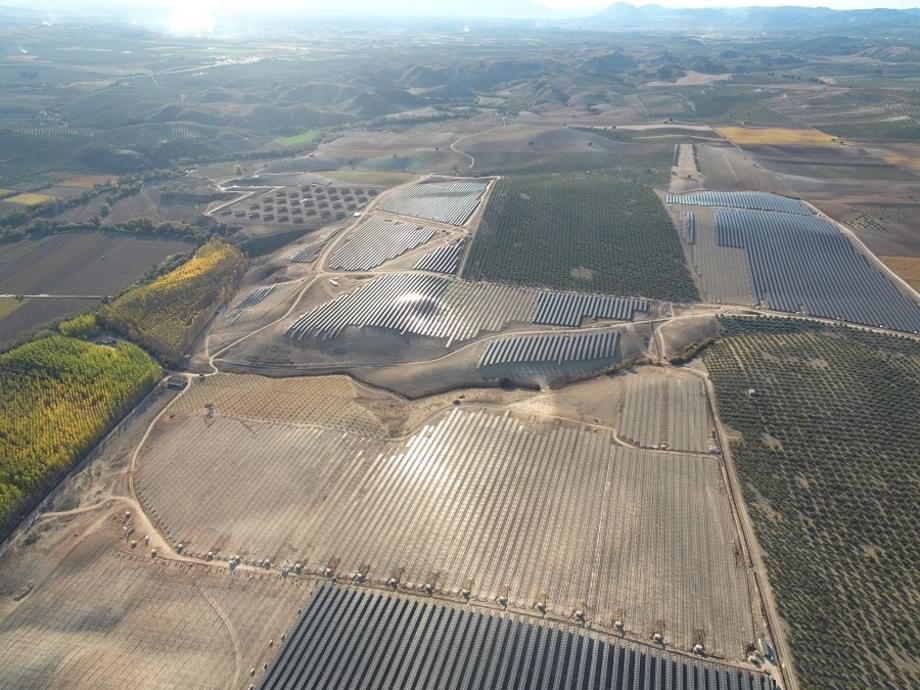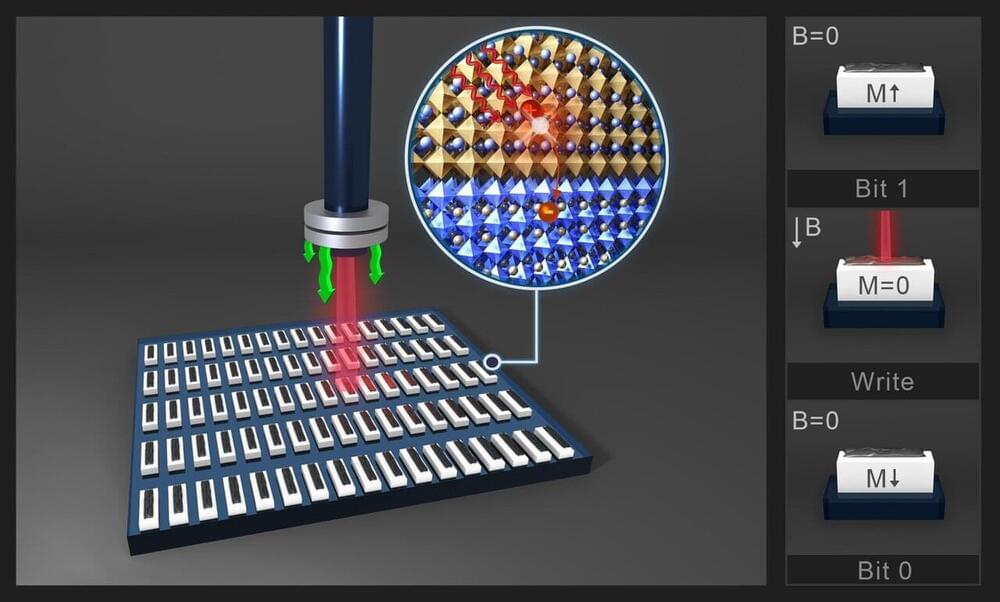
If you missed out on Black Friday electric mower deals, then you’re in luck. The Greenworks 48V 17-inch brushless cordless electric mower is back at its third-best price that we’ve seen all-time at $246. Not only does this bundle include the gas-and oil-free mower, but also two 4Ah 24V batteries and a 24V drill/driver. You’ll also find discounts on electric lawn mowers and much more below, as well. We also have a wide selection of Tesla, Greenworks, and other e-bike discounts in today’s New Green Deals, so you won’t want to miss that either.
Head below for other New Green Deals that we’ve found today, more on why going electric for your yard tools like the mower on sale is important, and of course Electrek’s best EV buying and leasing deals. Also, check out the new Electrek Tesla Shop for the best deals on Tesla accessories.
Amazon is offering a deal on the Greenworks 48V 17-inch Brushless Cordless Lawn Mower with 24V Drill/Driver for $245.99 shipped. Down from a $360 normal going rate, today’s deal is the third-best price that we’ve tracked all-time. This kit includes Greenworks’ 48V 17-inch brushless battery-powered mower, two 4Ah 24V batteries, a charger, and a 24V drill/driver. That’s right, you don’t just get the mower and batteries here, the drill/driver will help you with honey-do tasks around the house once spring arrives. Of course, no gas or oil is required for this mower to function, and being battery-powered also removes the requirement to have cylinders or noisy exhaust. All-in-all, this is a solid buy at the third-best price that we’ve seen all-time.

















